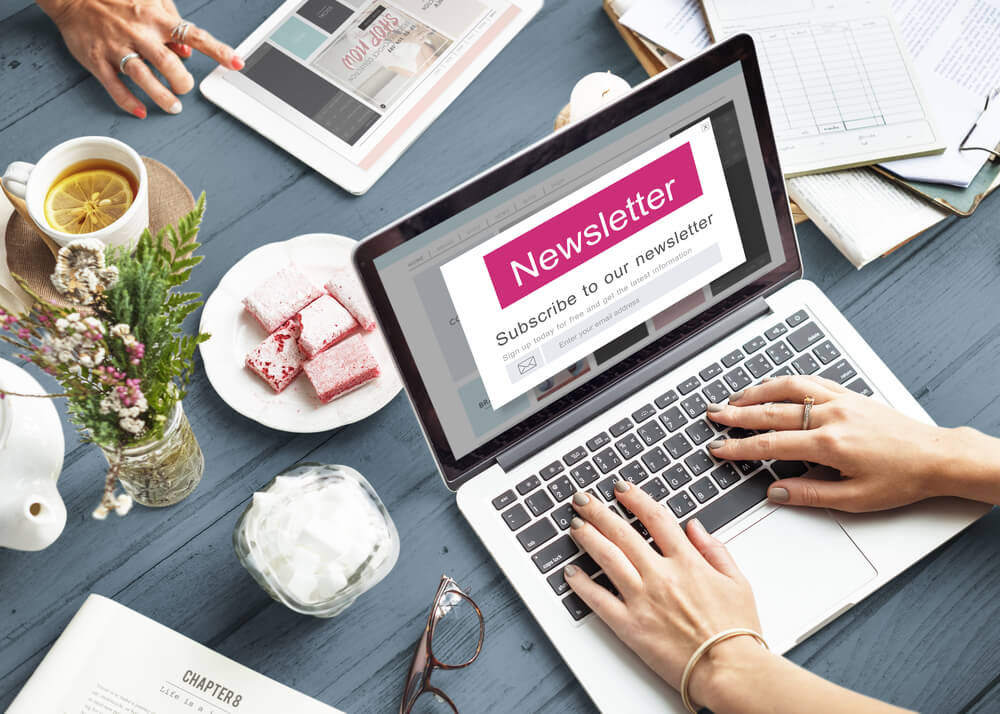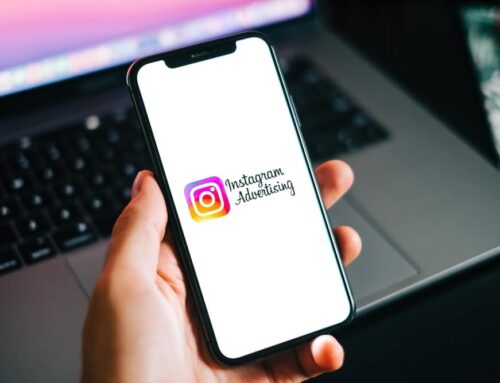Amidst the clamor of Google’s ever-changing algorithms, which have wreaked havoc on social media marketing this past year, email newsletters are looking to make a comeback in a big way. But, you don’t want to get caught using the same old generic newsletter templates as newsletter writers did in previous years. Email newsletters have evolved through the years, and even more so during the past few years. Here, we are going to take a quick look at the best practices used by industry leaders when it comes to creating newsletters. So, without further ado, let’s get started.
What is the Goal of Your Newsletter?
You need to have a goal in mind for your newsletter – basically, you need to know what your newsletter is going to accomplish. So, how do you want your newsletter to work for you?
- Drive traffic
- Promote a new product or service
- Increase sales
- Engage your audience on social media
- Get your readers to download an eBook
It can either be one or a combination of the reasons given above, but you will need to jam your newsletter with all the relevant information regarding your goals. One of the benefits of using a professional newsletter writing service is they know exactly what it takes to make a prospective click when it comes to writing newsletters.
Have a Clear Subject Line
It’s going to take more than just some wordplay on your main keyword to get the recipient to open your email. This is where A/B testing comes in and is going to help you create more effective subject lines for your email newsletter. You will want to address a specific area of concern with the promise of providing the reader with valuable information that they’ll find useful. While creating a sense of urgency and throwing in a few power words is great, they won’t work for every industry.

The Preview Text
Just in case your subject line sucked, the preview text is going to be your do-over. Most people’s inboxes are already inundated with emails that they don’t want to open, but many will open an email that looks like it’s from a real person. The preview text should be fun, creative, and informational. However, more importantly, it should give your readers a reason to keep reading.
Remember, getting prospects to open your email is only half the challenge, but it’s a challenge nonetheless. Addressing your readers by their first name comes across as personal or authentic, which will pique their attention. On the flip side, you don’t want to go with the traditional “Hi, my name is…” routine.
Make a Connection in the Body
People don’t have free time to dedicate to reading large blocks of text in a newsletter. Hell, you probably don’t have time to read a massive article, which is why this will end shortly. Promise.
So, what can you do to make a connection with your prospects that just don’t have the time to read through the entire newsletter?
Well, what you can do is use stories or hire newsletter writers who can do the storytelling for you. Why tell stories? Because stories are interesting. Use a captivating story to get your prospects to read through your newsletter to find what you’re all about. You can either start with a personal story or a story of your company. But, make sure the story is gripping – you don’t want to bore your readers to tears.
Since most people won’t read the entire newsletter, you need to make your content skimmable. How? Get to the point fast and make all the important information available and easy to find without your readers having to search for it.
As a rule of thumb, stop using large blocks of text as that can be frustrating to read. Also, don’t overload your newsletter with too many images. This can be distracting for the reader.
Nail the Closing
Every newsletter writing service worth its salt knows the importance of nailing the closing to your email. Like the subject line, the closing line is going to be equally important. Your goal when saying goodbye to your reader should be to wind down and make a slow transition to the CTA, as in, what you would like them to do next. But, whatever that CTA might be, it should be crystal clear and focus what you want from the reader instead of keeping them guessing.
Ending Note
The bottom line is customers love getting information on the brands they love. Period. Customers appreciate it when companies regularly provide them with useful information on sales deals, discounts, new services, and product updates. However, the real challenge here is crafting an email newsletter that’s not only impressive to look at but also keeps the customers happy and informed. Luckily for you, if the aforementioned tips seem too overwhelming, you can always use a professional newsletter writing service to help you craft stellar email newsletters.
SOURCE: Relevance









